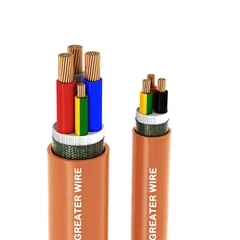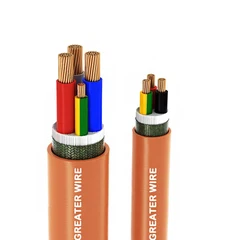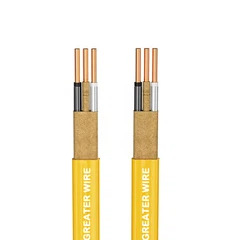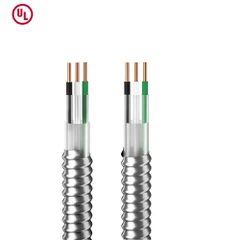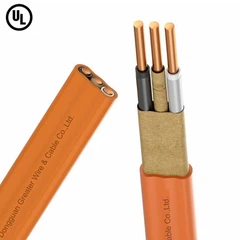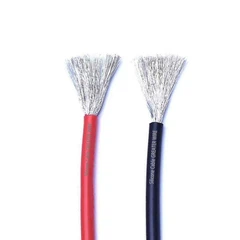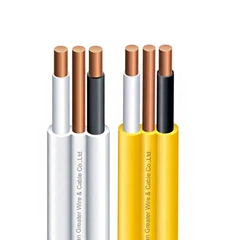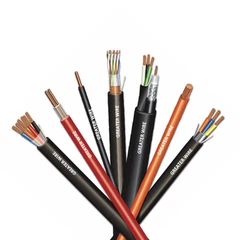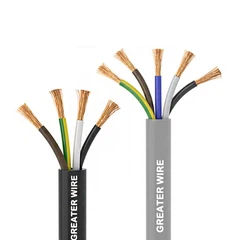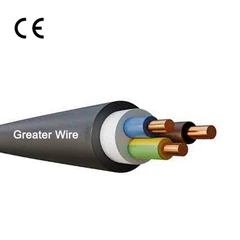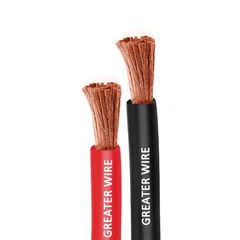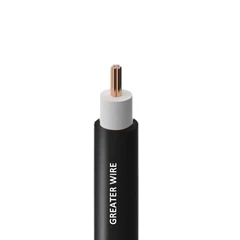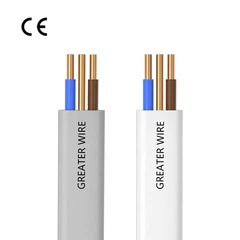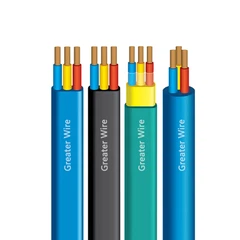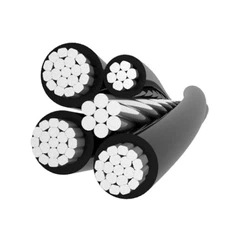1. NEC's regulations on MC cables
NEC is one of the most authoritative electrical installation standards in the United States, which provides clear regulations on the use and installation methods of various cable types. The relevant requirements for MC cables are mainly reflected in Article 330 of NEC.

1.1 NEC 330.10: Permitted Uses
NEC 330.10 specifies the environments and conditions under which MC cables can be used, including but not limited to:
Exposed Work: It can be exposed on the surface of the structure, provided that the cable receives sufficient mechanical protection.
Embedded in C1. NEC's regulations on MC cables
oncrete or Masonry: If it meets NEC requirements, it can be used in floors or walls.
Aerial Cable: When MC cables are properly supported, they can be used for overhead wiring.
Wet Locations: MC cables with waterproof outer sheath (such as PVC coating) can be used in wet environments.
Direct Burial Installation: Some MC cables have been specially designed to be directly buried underground.
1.2 NEC 330.12: Prohibited Uses
Although MC cables have a wide range of applications, NEC 330.12 also lists situations where their use is prohibited, including:
In firewalls or partitions that require complete fire sealing.
Used as a flexible cord or portable power cable.
In some places with extremely high requirements for mechanical protection, such as areas that are susceptible to serious physical damage.

2. Installation requirements for MC cables
NEC not only specifies the applicable locations for MC cables, but also specifies their installation requirements, including support, bending radius, and grounding.
2.1 Support Requirements (NEC 330.30)
According to NEC 330.30, MC cables must be supported and secured in an appropriate manner:
Maximum spacing: MC cables should be fixed every 6 feet (1.8 meters) and secured within 12 inches (30 centimeters) of each terminal joint or bend.
Bracket and fixture: Metal or non-metal cable fixtures can be used, but it must be ensured that they do not damage the cable sheath.
2.2 Bending radius requirements (NEC 330.24)
The bending radius of MC cable must comply with NEC 330.24 regulations:
For MC cables with a diameter less than 1 inch (25.4mm), the minimum bending radius should be 6 times the outer diameter of the cable.
For MC cables with a diameter greater than 1 inch, the minimum bending radius should be 7 times the outer diameter of the cable.
2.3 Grounding Requirements (NEC 250.118 and 330.108)
The metal sheath of MC cable can be used as an equipment grounding conductor (EGC), but it must comply with the relevant requirements of NEC 250.118.
Some MC cables include separate equipment grounding conductors (EGC) to provide a better grounding path.
If the MC cable sheath cannot meet the grounding conductor requirements, additional grounding conductors are required.

3. Practical application of MC cable and compliance with NEC conditions
3.1 Industrial and Commercial Buildings
MC cables are widely used in factories, office buildings, hospitals, and other places, and can be used for:
Lighting and power lines
HVAC system power supply
Motor control system
3.2 Residential Applications
Although MC cables are mainly used for commercial and industrial purposes, they can also be used in some high-end residential or specific installation needs, such as:
Wiring in underground garages or humid environments
Home power lines that require higher levels of protection
3.3 Does 4.3 comply with NEC?
In summary, MC cables fully comply with NEC specifications, provided that:
1.The usage scenario complies with the allowed range of NEC 330.10.
2.Not used in situations prohibited by NEC 330.12.
3.Meets installation requirements such as NEC 330.30, 330.24, and 250.118


